How to clean the heater of a washing machine
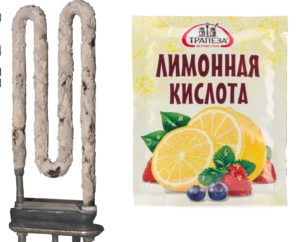 The heating element of the washing machine is a very important, but at the same time very vulnerable part. Situated quite close to the rotating drum of the automatic washer, it is slowly but surely covered with layers of calcareous deposits due to the hardness of the water. If the heater is not cleaned, then over time the layer of scale will be so thick that it begins to come into contact with the walls of the drum. As soon as this happens (if the part does not burn out earlier), a breakdown is inevitable. Read how to clean the heater from scale in this publication.
The heating element of the washing machine is a very important, but at the same time very vulnerable part. Situated quite close to the rotating drum of the automatic washer, it is slowly but surely covered with layers of calcareous deposits due to the hardness of the water. If the heater is not cleaned, then over time the layer of scale will be so thick that it begins to come into contact with the walls of the drum. As soon as this happens (if the part does not burn out earlier), a breakdown is inevitable. Read how to clean the heater from scale in this publication.
Cleaning products
There are many tools with which, according to the manufacturer, it is possible to clean the heating element, but not all of these tools are equally effective. Moreover, the success of the case largely depends on the chosen method of cleaning the heater. But let's not get ahead of ourselves. The main means by which housewives try to clean the heating elements of their "home helpers" is citric acid. By the way, this tool is not bad, but far from the only one. In the store you can see a lot of factory chemistry.
A lot of products are sold on the market for cleaning the heating element of the washing machine, and they all cost more than ordinary citric acid.
- Top house;
- Topperr;
- Magic Power
- Zool;
- Frau Schmidt and others.
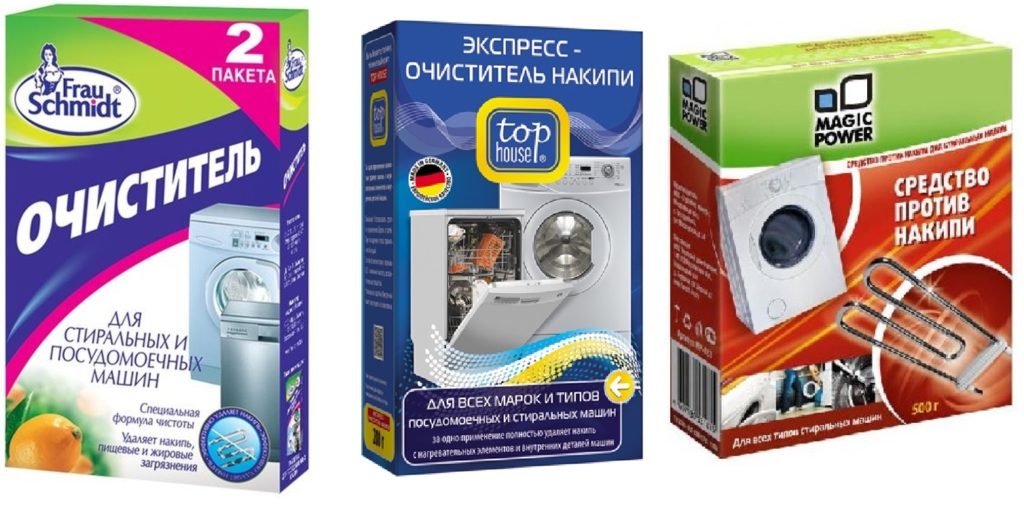
The principle of operation of the above means is the same, cleaning with the help of active chemistry. They actively dissolve the scale deposited on the heater, gradually cleaning the heating element, and at the same time other parts of the machine from lime deposits. True, there is one "but." Many factory scale descalers include citric acid. The question arises, why overpay for an expensive foreign product, when you can take an ordinary cheap lemon and the effect of cleaning will be the same? The answer, in our opinion, is obvious. Yes, and for experienced housewives, cleaning with lemon was always a priority.
Some housewives sincerely believe in the miraculous properties of the well-known, thanks to aggressive advertising, Calgon powder. Use it both to prevent the formation of limescale, and to clean the heater of the washing machine. How justified is this?
But this is not justified! Firstly, Calgon is not intended to clean limescale heating elements of a washing machine and this is determined by the manufacturer. Calgon cleaning is doomed to failure. Secondly, Calgon is not even able to soften enough water so that the scale on the heating element does not settle. Our independent tests showed that in those washing machines where Calgon was used, scale also formed and covered the heating element, although a little slower. Ultimately, you will spend many times more money on Calgon than later on repairing and replacing parts, although, of course, you decide.
Calgonite and preparations similar in composition to Kalgon are also recognized as ineffective. In total, a lot of money is spent on them, but there is very little sense in this.
When limescale is a little
If you have never cleaned the heating element of a washing machine, but your washing machine is new, you can safely use the method of chemical cleaning without dismantling the heating element. To do this, you need to make a number of simple actions.
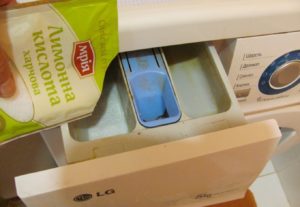 Take, to clean the scale from the heater; 100 g of citric acid and pour it into powder tray. Pour into the compartment for the main wash.
Take, to clean the scale from the heater; 100 g of citric acid and pour it into powder tray. Pour into the compartment for the main wash.- Close the tray, pull out everything that is there, primarily dirty laundry, from the hatch of the washing machine.
- Set the washing program for at least 1.5 hours at a temperature of at least 600C, the lower the temperature, the slower the reaction, so in our opinion it is better to put 90-950WITH.
- Wait for the program to finish and that’s all, you can not repeat the cleaning with citric acid for 3-4 months, the heating element will be in order.
A small amount of lime scale can be cleaned without problems. But here it is important to repeat the procedure at least once every 3-4 months. Even if you think that you have soft water and the heating element “does not suffer”, do the above procedure anyway - you won’t regret it.
When the machine heater is overgrown with scale
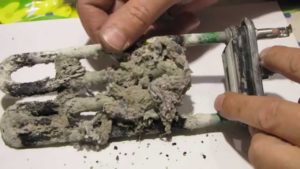 You can clean a small amount of limescale from the heater using lemonade or other safe chemistry, but what to do if there is a suspicion that the heating element is directly covered with plaque. In this case, dry cleaning of the washing machine cannot be used.
You can clean a small amount of limescale from the heater using lemonade or other safe chemistry, but what to do if there is a suspicion that the heating element is directly covered with plaque. In this case, dry cleaning of the washing machine cannot be used.
The fact is that chemical cleaning in this case can end badly both for the spare part itself and for the washing machine as a whole. When using lemons, pieces of water stone will begin to fall off from the heater and fall into the nozzles or remain in the tank, at the risk of blocking the rotation of the drum and contaminating washable clothes. In general, the harm from such cleaning will be more than good, but what to do, how to clean the part in this case without harming the washing machine?
Large pieces of scale can hang in the car for hundreds of washings and cause harm to the “home helper” causing it to break.
There is only one way out - to clean the heater after removing it from the washing machine. In this case, difficulties may arise, because not everyone can take apart a car before it breaks down, and even then. Not everyone will be able to independently remove this part from the washer, although in our opinion this is quite simple. We understand the fears and insecurity of users of the washing machine, but it is also clear to us that if the heater is not pulled out and not cleaned now, then in a month or two it can simply burn out and then it will be necessary to carry out repairs at an additional cost. What are we doing?
- We determine the location of the heating element in your model of the washing machine. The easiest way is to remove the vertical loading machine from the washing machine, because in such models it is removed through the service hatch inside the drum. At the front-end, the heating element can be located both behind the front wall of the body and behind the back.
- We remove the heater from the washing machine. We have already written about how to remove the heating element from the washing machine in order to check or replace it in various publications of our site, so we won’t repeat it. If you are interested in the details, you can read the article Replacing the heater in the Bosch washing machine.
- We take the part overgrown with limescale and wash it under a stream of hot water, while at the same time we try to clean the scum with our fingers.
In no case do not try to remove plaque with sandpaper, an iron brush, and even more so to scrape off with a knife. It is so easy to damage the part, which will cause problems.
- When we manage to clean the heater, freeing it from large pieces of scale, we take a two-liter plastic bottle, cut off the upper part from it, together with the neck we take 3-4 tablespoons of citric acid and pour into this container. Pour into a container of hot water, stir a lemon, and then put the part in the container.
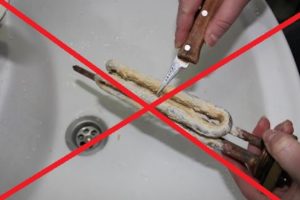 Now we just have to wait about a day. During this time, the concentrated solution of the lemon will dissolve the remaining scale from the heater, and the part will shine again like new. We rinse the part under running water, wipe with a cloth and you can put the heating element in place. It is done.
Now we just have to wait about a day. During this time, the concentrated solution of the lemon will dissolve the remaining scale from the heater, and the part will shine again like new. We rinse the part under running water, wipe with a cloth and you can put the heating element in place. It is done.
It is not difficult to clean the heater of the washing machine, especially if you do not let the heating element become overgrown with water. If this still happened, you will have to remove and clean our part manually, otherwise the heater will simply burn. Good luck
Interesting:
1 reader comment
Add a comment Cancel reply
Headings
Washing machine repair


For buyers
For users

Dishwasher

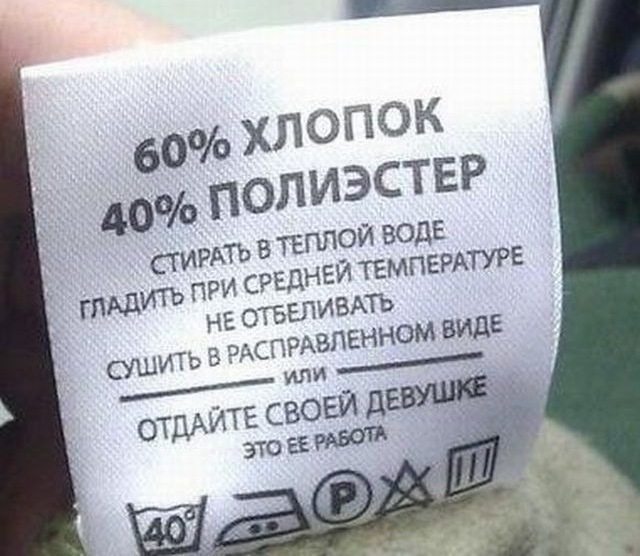
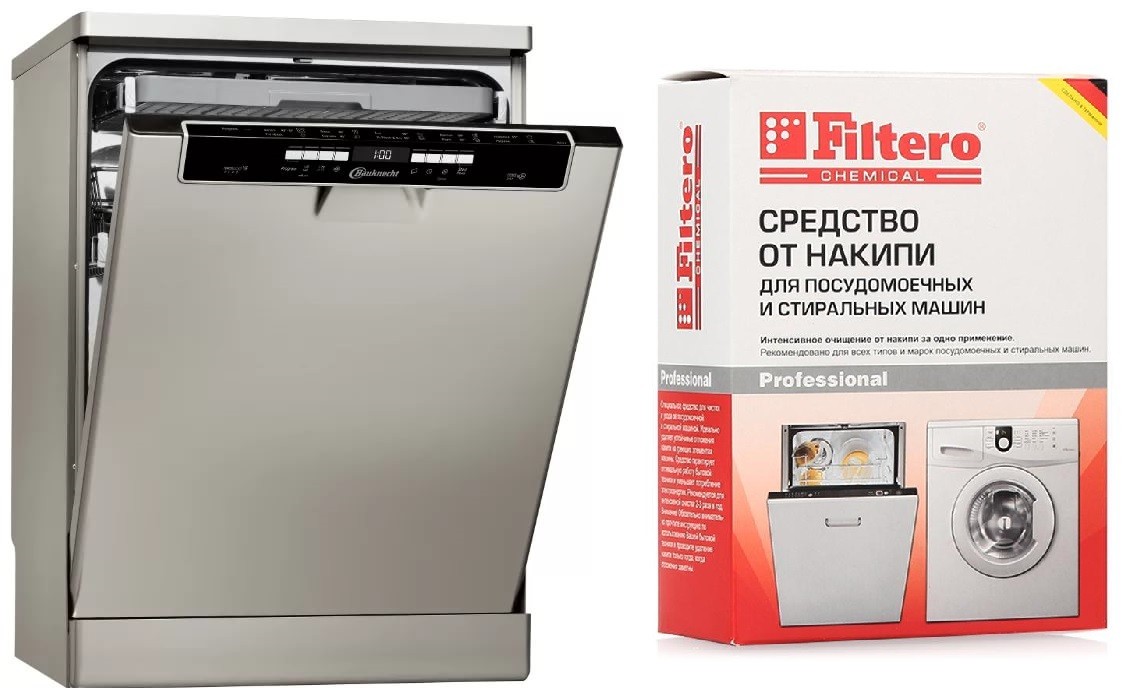
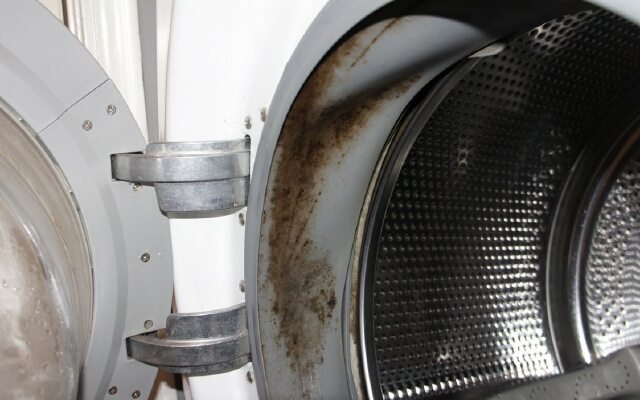

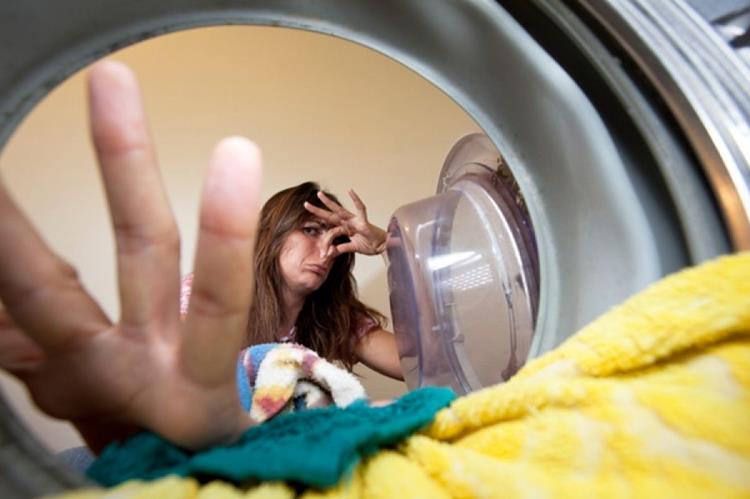
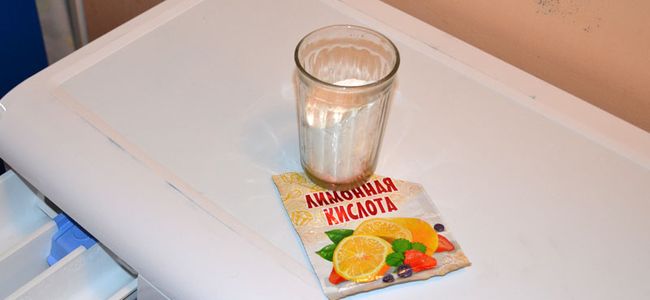











Simple, affordable and understandable.